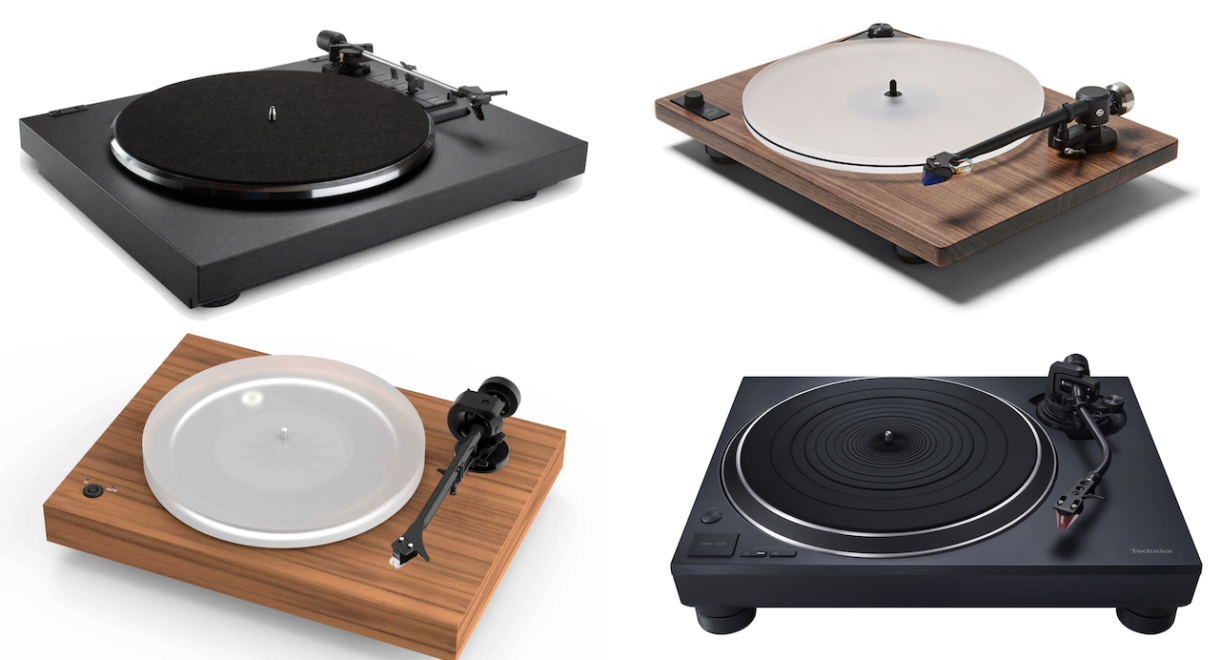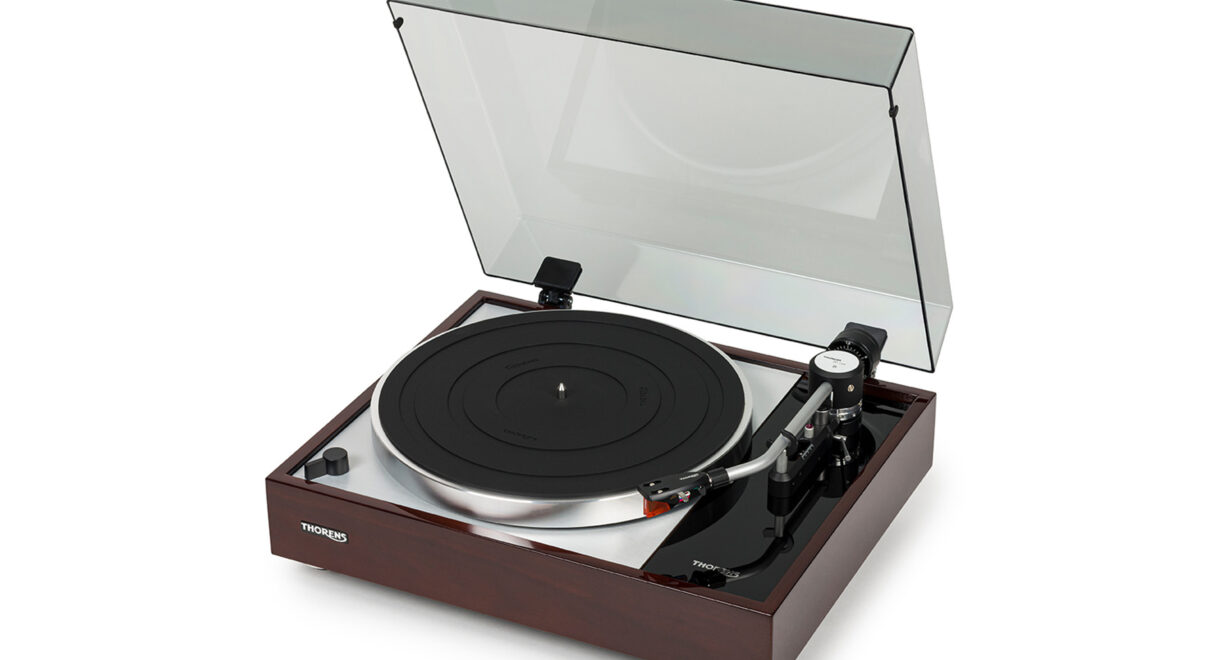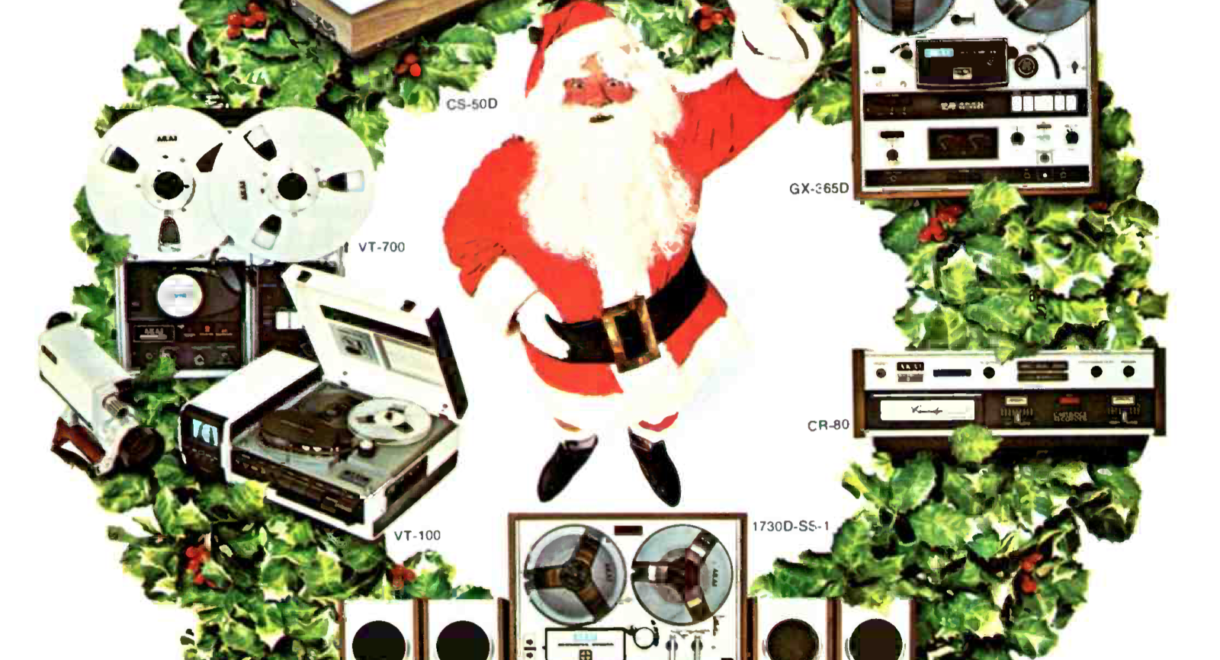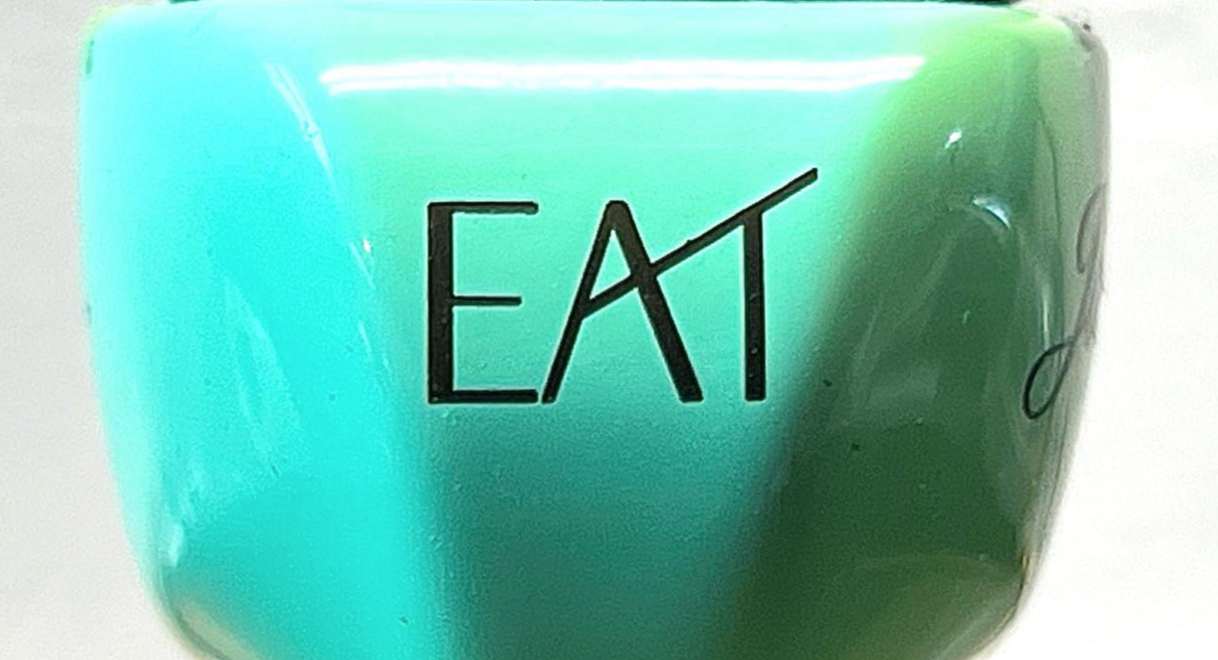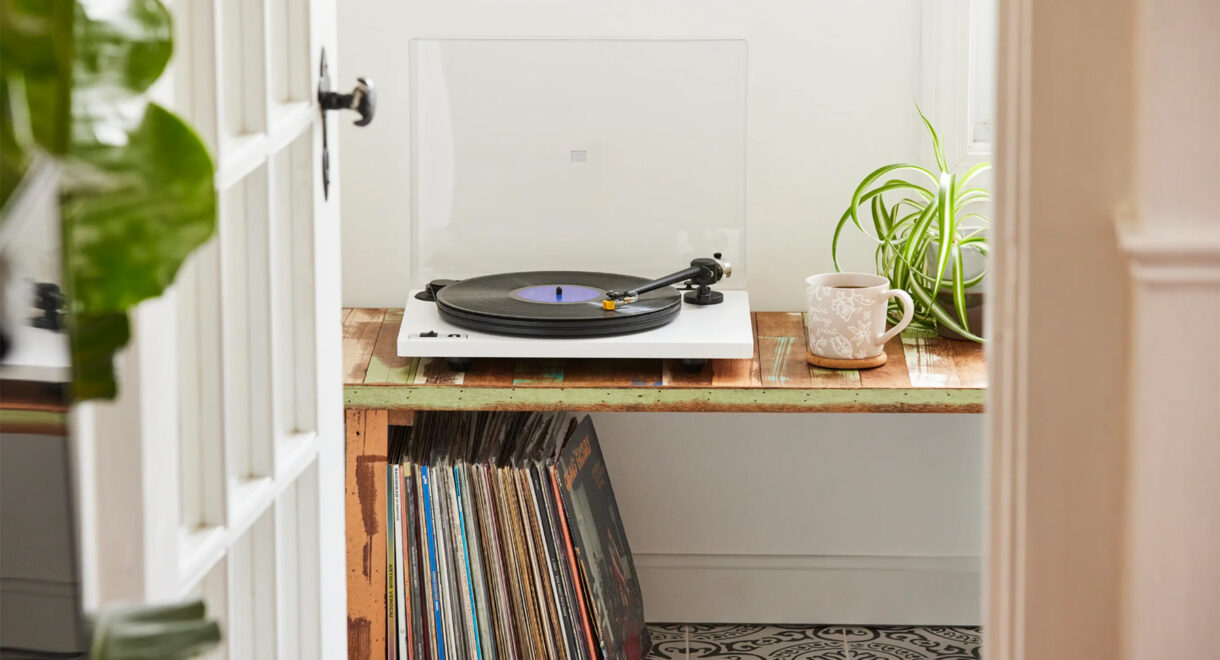Looking for your first high-end audiophile turntable but don’t want to spend more than $2,000 for something that will be your deck for many years to come? Are […]
Buying a Tank: A Vintage Technics SL 1200 Turntable Will Last Forever

All hail the most durable and iconic turntable ever made.
On the way to finding your forever turntable, many vintage brands and models will try and catch your eye. Some exotic players will be artfully designed to be the centerpiece of any room. Others will boast of precisely engineered isolation mechanisms, whether suspension systems or decoupling feet, that help kill vibrations and external interference. Their heavy duty platters are sturdier; their low-friction bearings are better at eliminating noise.
As you research your investment, you’ll likely be directed to brands from Garrard, Linn, Thorens, or Dual, all of which are arguably as solid and respected — if not more — than the workhorse machine we’re here to celebrate. That turntable, the SL-1200, is known the world over for its influence on the birth of rap, disco and house music. Since its introduction on 1972, millions of SL-1200s and its successor models (MK2, MK3, MK5G, etc) have entered the market. Designed for the durability required for use by DJs in dance clubs, it’s an essential ingredient of club culture. As such, it’s easy to take the Technics SL-1200 for granted, or assume that its popularity among DJs means it’s ill-equipped for home listening or designed for some other purpose. How can something so tough also be so precise?
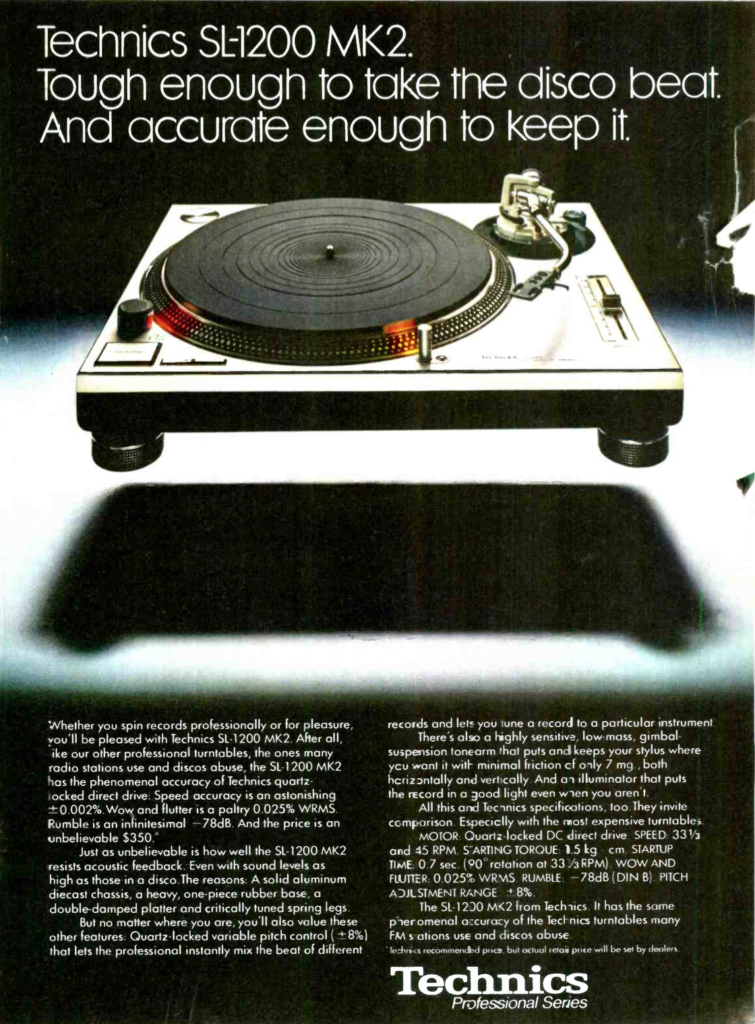
Before the 1200 was introduced in 1972, Technics had already experimented with heavy duty direct-drive turntables geared toward DJs. In fact, DJ Kool Herc used the model’s predecessor, the Technics SL-1100 at his earliest parties. Here’s how Technics described that period:
In those years, many people held “block parties” in which DJs brought their own equipment to play music. Therefore, the ease of equipment use and its portability were key factors. The SL-1100 integrated construction turntable was the turntable that the founder of the hip-hop culture, DJ Kool Herc, continued to use at block parties.
As you can see in the video below, the 1100 doesn’t have a pitch control slider, but it does allow pitch control by using the 33 and 45 rpm knobs.
The next year, Technics unveiled the SL-1200. The company offered an overview of the features and improvements:
The dots engraved into the edge of the turntable are a symbol of the SL-1200 Series. These features aptly met the trend and needs of the disco/club culture that emerged in the United States at that time. The powerful torque and stable rotation enabled easy and quick beat matching and cueing, while the vibration absorbing cabinet allowed stable play in a loud sound environment. The pitch adjustment dial was provided for the control of rotation irregularity, but DJs found a unique way to use it for controlling BPM. For some miraculous coincidence, the first-generation SL-1200 was packed with many functions that DJs wanted, so it quickly became a standard DJ turntable.
The overview further underscores that the turntable was made for DJs. But here’s the thing: I bought a pair of used SL-1200MK turntables more than 20 years ago. I’ve lugged them, uncased and absent turntable covers, dozens of times and tried to be careful, but they’ve gotten knocked around. In those two decades I’ve also owned and enjoyed at least five other killer turntables, including a linear tracking Technics SL-10, a stunning Empire 598 II, a Thorens TD-165, and the one I regret selling the most, a Pioneer PL-570. I’ve mixed and matched Ortofon, Pearl, Shure, and Audio Technica cartridges and worked with JBL, B&W and (stacked) Advent speakers.
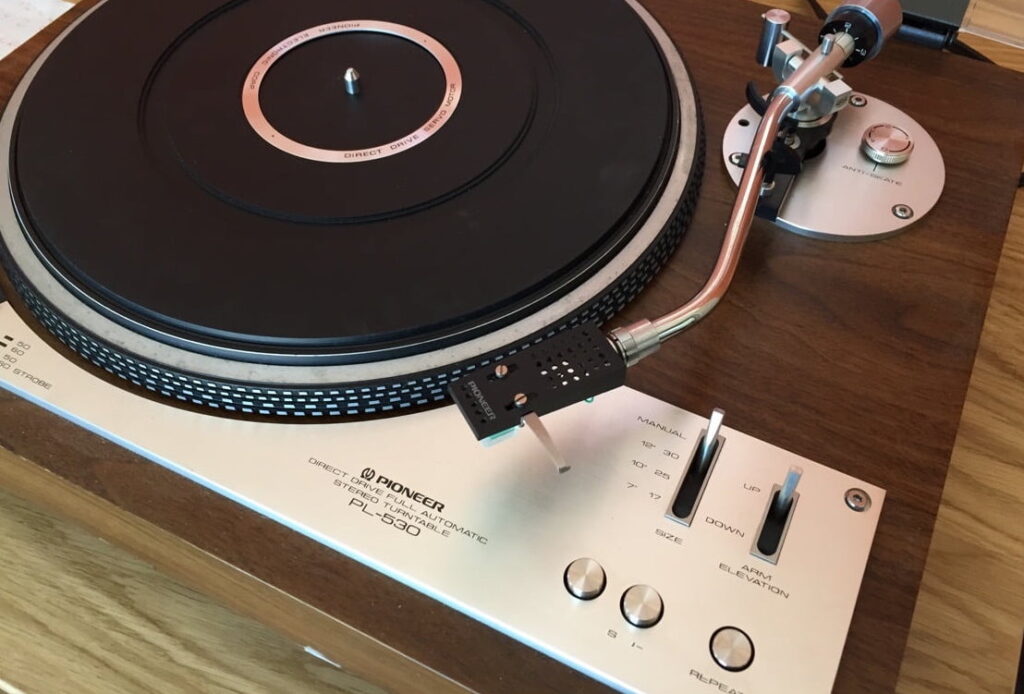
Through it all, my MK2s have not only survived but prevailed. Other than occasional tune-ups or cleanings, they’ve never been in the shop, never stopped working, and have been as accurate and steady as a Rolex.
The kicker? Because there are so many out there, they’re inexpensive compared with other turntables of similar quality. Garrard’s equally well crafted and durable 301 and 401 models go for at least five times the price of a SL-1200, but whether anyone would register a difference during a well-balanced A-B comparison is debatable. Garrard 401s weigh 16 pounds, compared to the SL-1200MK2’s 27 pounds. All that weight helps secure the bass tones as the needle passes through the grooves.
Here’s where we offer the cursory “Results may vary based on [insert factors here].” But in this music freak’s opinion, you’ll never regret buying a SL-1200MK.
All this said, we at In Sheep’s Clothing have offered any number of turntable overviews. Read more here:
Empire Troubador 598 Turntable: Exit to Vintage Street
Thorens TD-160: A Classic, Floating Chassis Turntable from the 70’s
Thorens TD 1500 Turntable: Modern Improvements on a Classic
5 Vintage Turntables for Your Stereo System
The Dual 701 & Yamaha YP-701 Turntables: Exit to Vintage Street




